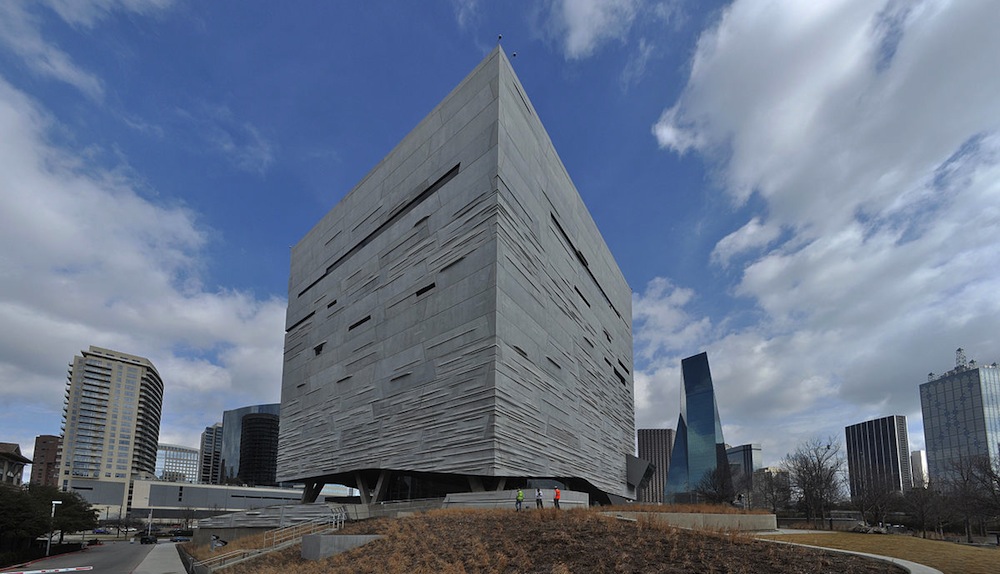The U.S. General Services Administration (GSA) has adopted the SITES rating system for its capital construction program.
Green Business Certification Inc.’s SITES is a program for sustainable land development and management and is used by landscape architects, engineers, architects, developers, and policymakers to align land development with innovative sustainable design. SITES certification is for development projects located on sites with or without buildings including national parks, corporate campuses, streetscapes, homes, and more.
GSA is one of the largest and most diversified public real estate organizations in the world with a portfolio of 376.9 million rentable square feet in 8,721 active assets, and more than 144,000 acres of land, including ports of entry and historical properties. The GSA determined that incorporating SITES into the program offers a highly effective and efficient way to ensure environmental performance to meet federal goals on various capital project types.
The rating system provides a metrics-based approach to important concepts like ecosystem services and green infrastructure. The GSA’s decision is incorporated in the 2016 version of Facilities Standards for the Public Buildings Service (P-100), which establishes design standards and criteria for new buildings, infrastructural projects, major and minor alternations, and work in historic structures for the Public Buildings Service (PBS) of the GSA. This document contains both policy and technical criteria used in the programming, design, and documentation of GSA buildings and facilities.
Related Stories
| Apr 13, 2012
CSI webinar: Green Construction Codes Are Here -- Now What?
This seminar will trace the origins of green codes, how they compare and differ from the rating systems that have been used, and examine some of their main features.
| Apr 5, 2012
Retailers, banks among most affected by new ADA rules
On March 15, the most significant changes to the Americans with Disabilities Act (ADA) since it became law in 1991 went into effect.
| Apr 5, 2012
Florida ranks first in hurricane building codes and enforcement
Florida ranks highest among 18 hurricane-region states for building codes and their enforcement, according to the Insurance Institute for Business & Home Safety.
| Apr 5, 2012
New IgCC green building code is a ‘game changer,’ AIA official says
An AIA official calls the new International Green Construction Code (IgCC) a “game changer” for sustainable construction.
| Apr 5, 2012
Model energy codes add thousands to cost of new apartment construction, study says
New energy codes could add thousands of dollars to the construction costs of each individual apartment residence in a multifamily building, according to new research commissioned by the National Multi-Housing Council and the National Apartment Association.
| Apr 5, 2012
LEED 2012 will include new requirements for data centers
The U.S. Green Building Council’s updated LEED 2012 standards will require two systems to be modeled for each project in order to show power utilization effectiveness.
| Mar 30, 2012
CSI webinar: Durable & energy efficient building envelope design, April 24
This seminar will review recent changes in North America energy codes, examples of building enclosure wall assemblies being considered for code compliance, potential moisture management and durability challenges, and design tools that could be used to assess and minimize potential problems.
| Mar 30, 2012
Improved construction that followed seismic codes helped avert loss of life in Mexico temblor
A magnitude-7.4 earthquake that shook Mexico from Mexico City to Acapulco damaged hundreds of homes and sent thousands fleeing from swaying office buildings, yet no one was killed, according to early reports.















